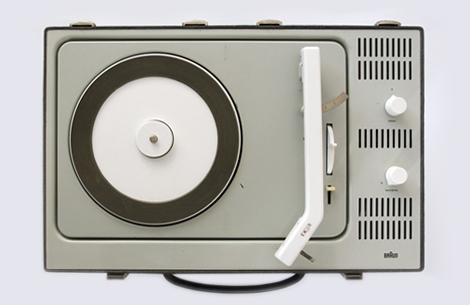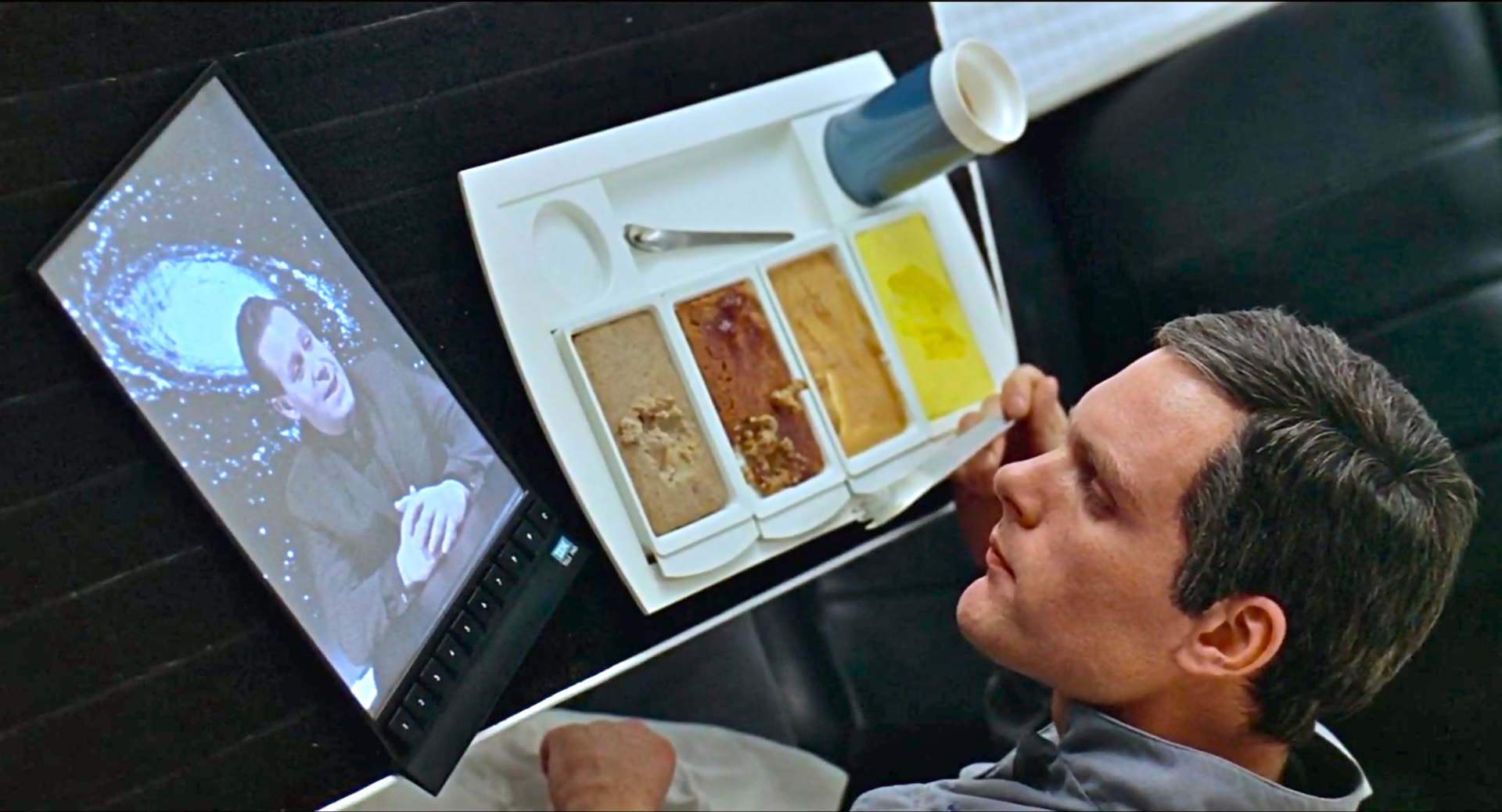You don’t have to read too much between the lines to understand that Braun design legend Dieter Rams, in his dotage, maybe regrets devoting his life to the field despite being so brilliant at it. I don’t think that’s such an unusual reaction to being on the wrong side of aging, no matter the accomplishments. Three excerpts follow from Gary Hustwit’s Fast Company Q&A with Rams.
__________________________
Question:
How has design changed in the last 50 years?
Dieter Rams:
What I am especially bothered by today is that, particularly in the media, design is being used as a ‘lifestyle asset.’ I’m bothered by the arbitrariness and the thoughtlessness with which many things are produced and brought to the market. There are so many unnecessary things we produce, not only in the sector of consumer goods, but also in architecture, in advertising. We have too many unnecessary things everywhere. And I would even go as far as to describe this as inhumane. That is the situation today. But actually, it has always been a problem.
We need to deal with our resources differently, in terms of how we waste things. We have to move away from the throwaway habit. Things can, and must, last longer. They must be designed so that they can be reused. We need to take more care of our environment. That means not only our personal environment but also our cities and our resources. That is the future of design, to take more care of these basic elements. Otherwise I’m not sure what the future of our planet will be. So designers have to take on that responsibility, and to do so we need more support from government. We need political support to solve the problems with our environment and how we should shape our cities. As designers, we shouldn’t be doing this for ourselves, but for our community. And the community needs support, not only to interact with each other democratically, but it also needs support to live democratically.
__________________________
Question:
If you were to design a computer now, what would it look like?
Dieter Rams:
It would look like one of Apple’s products. In many magazines, or on the Internet, people compare Apple products to things which I designed, with this or that transistor radio from 1965 or 1955. In terms of aesthetics, I think their designs are brilliant. I don’t consider it an imitation. I take it as a compliment.
__________________________
Question:
Is there anything else you’d like to talk about that we haven’t covered so far?
Dieter Rams:
Well, I’m not very active in the design field anymore. I have only a few things to do, mainly in the furniture sector, because I have certain commitments. But I am still very interested in what’s happening, and it is my wish that we really do deal with our surroundings more consciously in the future. That is really my wish, because I believe it contributes to living with one another more peacefully. That’s why, if I had something to do in this world again, I would not want to be a designer. Because I believe, in the future, it will be less important to have many things and more important to exercise care about where and how we live.•
__________________________
A scene from Objectified, 2009.


